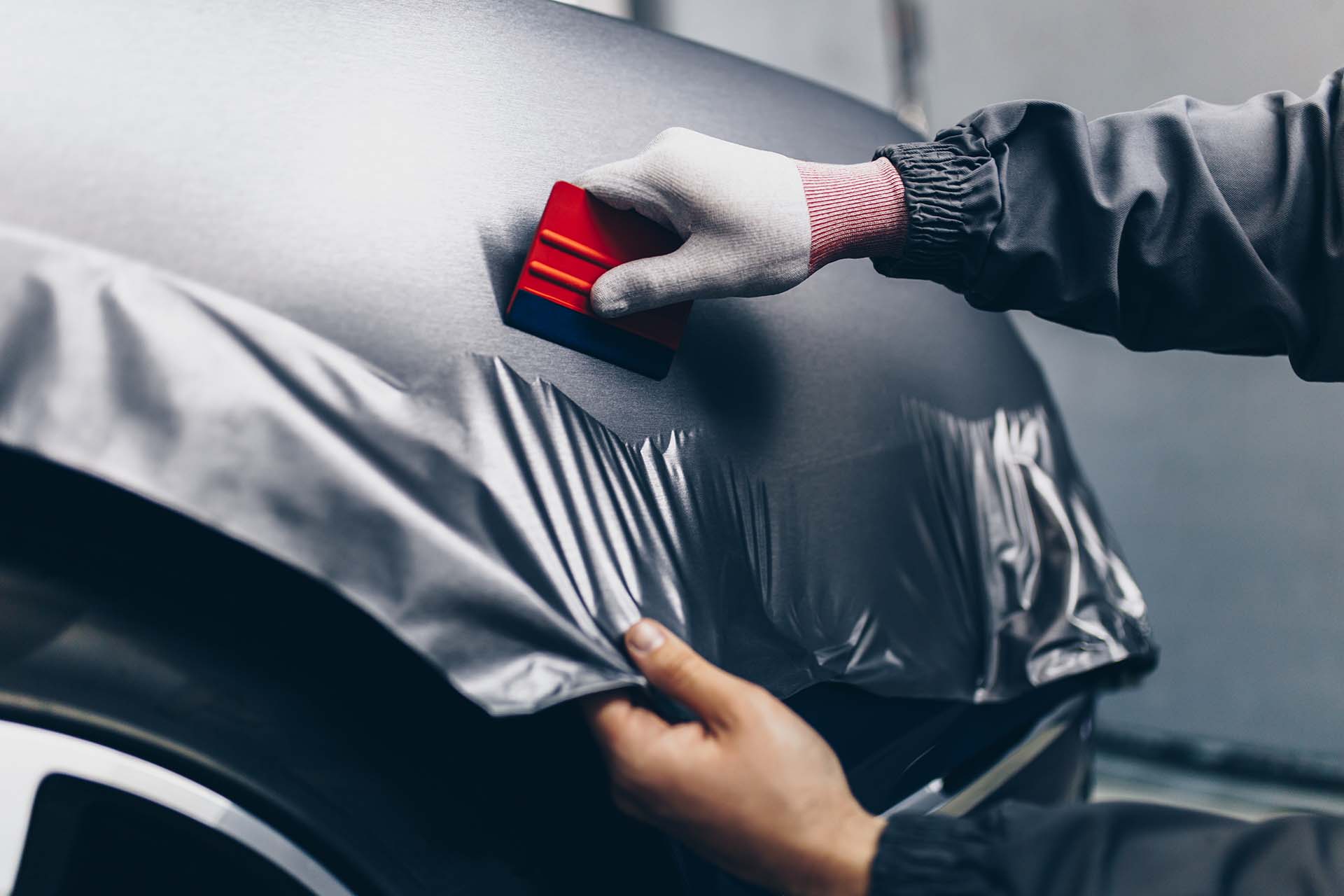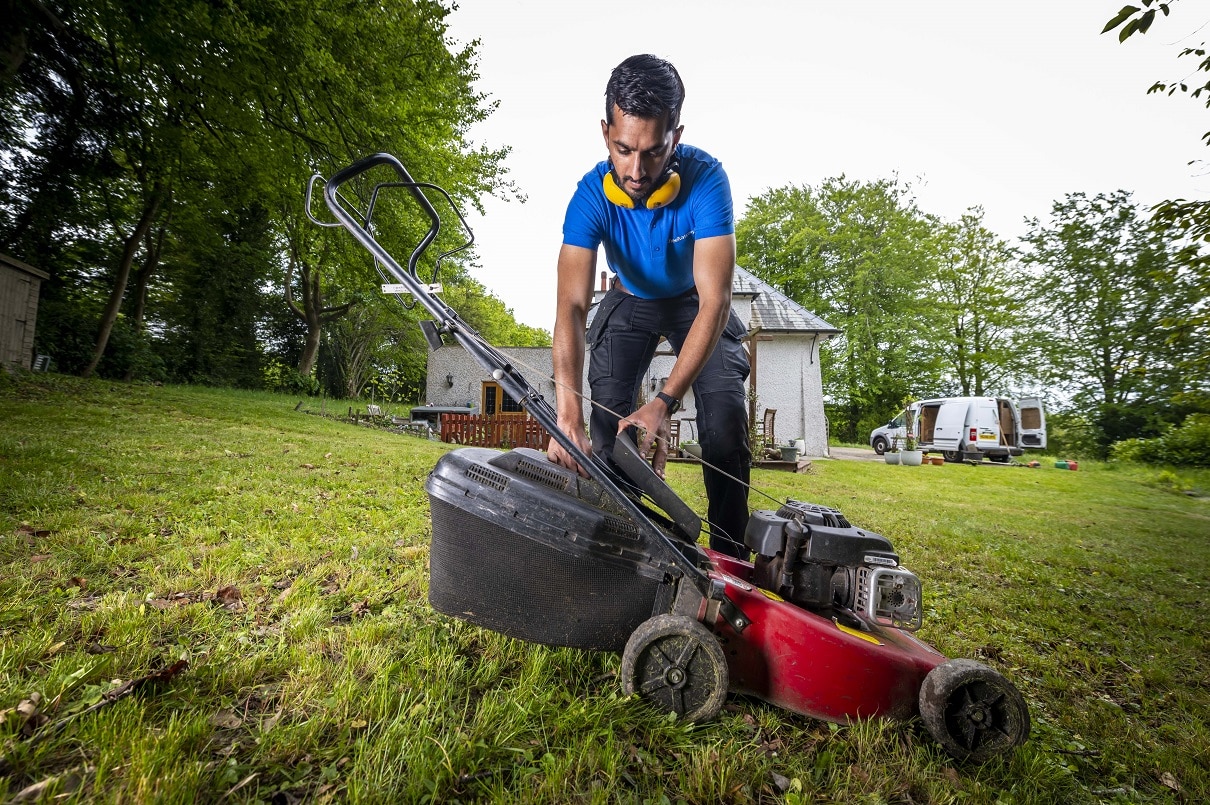Blog>Trade>Starting a Business>How to start a cat flap fitter business
Last updated: 8 May 2024
How to start a cat flap fitter business
As demand for pet-friendly solutions continues to rise, there is a niche waiting to be explored. With more and more homes owning a cat, there is good money to earn as a cat flap fitter. Find out how to benefit from the interest in this guide.
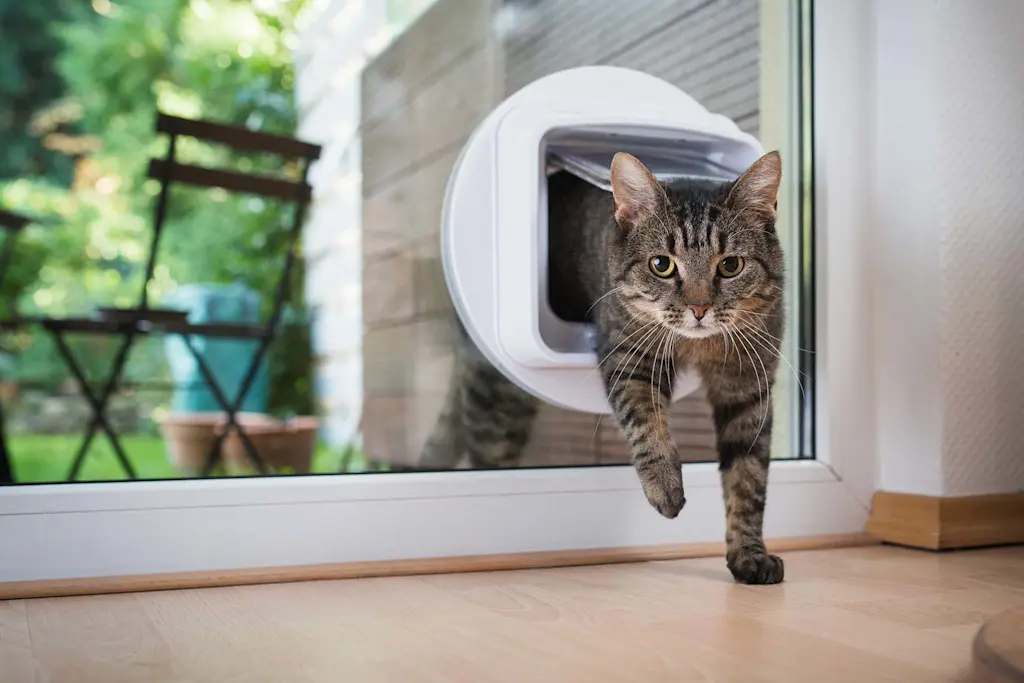
Cat flaps are an important piece of equipment for any pet-loving homeowner, allowing their cat to come and go as they please. But being a local cat flap fitter takes a certain degree of skill and know-how that only particular tradespeople possess.
Starting a business in cat flap fitting is the perfect way to capitalise on this niche market. Not to mention you’re bound to receive steady demand from the estimated 24% of the adult UK population who own a cat.*
Going self-employed can be a daunting prospect. That’s why this guide will take you through everything you need to know about being a cat flap fitter and business owner.
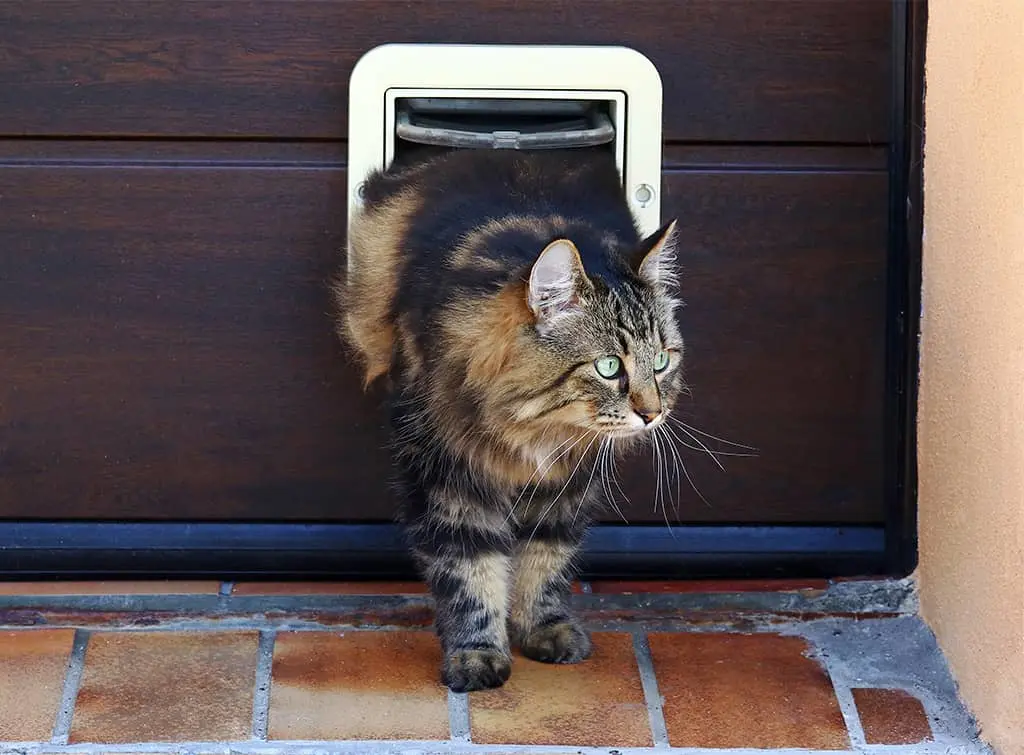
Will I need qualifications to start a cat flap fitter business?
When starting a business, it’s always important to have some form of credentials you can present to potential customers.
As someone who fits doors or windows, you likely already possess a solid foundation in carpentry and craftsmanship. However, fitting cat flaps in doors can involve working with a range of different materials such as glass, wood, and brick (such as fitting a cat flap in a wall).
So, qualifications in carpentry, fenestration or construction will be very useful for attracting clients to your business.
This can include:
Level 2 or Level 3 Diploma in Carpentry and Joinery
Site Carpenter apprenticeship
Level 2 NVQ Diploma in Fenestration Installation
Level 1 Certificate in Construction Skills
Level 2 Certificate in Construction Operations
Qualifications are a way of demonstrating professional skills and training, making your service appear more reliable.
Grow your cat flap fitter business with Checkatrade
Get more leads as a Checkatrade member
What tools are required for cat flap fitting?
Make sure you have a full inventory of equipment so you can be fully prepared in every scenario. Having a full toolkit helps you come across as a professional and also makes your life easier.
While you may be wary of any costs when starting a cat flap fitter business, it’s vital that you have access to the right tools. Shoddy equipment will likely lead to you experiencing delays on the job or forking out for costly replacements.
Here are the essentials for cat flap fitting:
Drill
Drill bits
Screwdriver
Tape measure
Spirit level
Jigsaw
Pencil
Sandpaper
Checkatrade members can benefit from offers and discounts on their tools and business essentials from places like Selco and Tradepoint. Why not find out how you could benefit?
Get great member savings with our exclusive Selco rates
Save money on your tools and materials Here at Checkatrade, we know how hard it can be to find discounts on tools and materials. This is especially true for smaller businesses, who might not be able to afford buying parts in bulk. That’s why, here at Checkatrade, we’ve teamed up with Selco to bring

What skills do you need to start a cat flap fitting business?
Having already started a door fitting business, you’ll likely already possess the skills required to become a local cat flap fitter.
As a self-employed tradesperson, you’ll be used to facing challenging scenarios both on the job and in managing your business. Here are the most important attributes you’ll need to succeed:
Numeracy skills for precise fitting measurements and managing your business finances
Dexterity for accurate cutting, drilling, and screwing
Attention to detail for flawless fittings
Mechanical knowledge for types of cat flaps with various locking mechanisms
Interpersonal skills for building client relationships and providing a high standard of customer service
Market knowledge for targeting your audience effectively
Of course, it isn't an essential skill, but a fondness for pets and cats in particular probably comes in handy.
And another thing to be aware of is whether you have an allergy to cat hair. When you're working in someone's home, you want to be sure you can work in the environment.
There will be cats, that is the point of the work, so make sure you can work alongside a feline occupant of the house as well as the human ones.
Grow your cat flap fitter business with Checkatrade
Get more leads as a Checkatrade member
How do I set up a cat flap fitter business?
There are several areas to take care of when laying the foundations of your cat flap fitting side hustle:
Putting a name on it
Try coming up with a name that is short and catchy as this will make your start-up more memorable for potential clients. It’s also a good idea to make the name relevant to your trade so people can quickly recognise the service you’re offering.
Sorting the legal side of things
Once you’ve come up with a name, the next step is to register your business with HMRC. During this process, you’ll have to come to a decision on how you want to structure your start-up.
There are a number of pros and cons to weigh up when choosing a business structure. Make sure you consider all the factors before decided on whether to be a sole trader, limited company, or form a partnership.

Mapping out your business
Organisation is key to any start-up, which is why you should come up with a thorough business plan that covers the ins and outs of your service.
This could mean you choose to specialise in certain types of cat flap fittings like microchip, magnetic or infrared mechanisms, for example. By doing so, you can establish your own niche so you can benefit from constant enquiries and the ability to charge more.
Making sure the price is right
Setting the prices of your service will require a bit of thought. Charging too much could cause customers to go elsewhere. However, you also need to make sure you don’t set your prices too low and end up struggling to make profit.
You can read our cat flap installation cost guide for a general idea of cat flap installation rates. You can also use a pricing template to make sure you include all factors and still profit.
Protecting yourself and your business
If something goes wrong, or a customer is left unhappy with your work, insurance will be vital for protecting you and your business. Here are the main types of insurance you should have in place:
Public liability insurance – This offers cover if a customer claims you’ve damaged their property or caused injury
Professional indemnity insurance – This cover is designed for claims that you've made a mistake that causes the customer financial loss
Tools insurance – Covers the cost of replacing your tools if they’re lost or damaged
Income protection insurance - This can cover you if you need to take extended sick leave as a self-employed person
Give your new business a chance of success
Dip into existing customer interest in services like yours
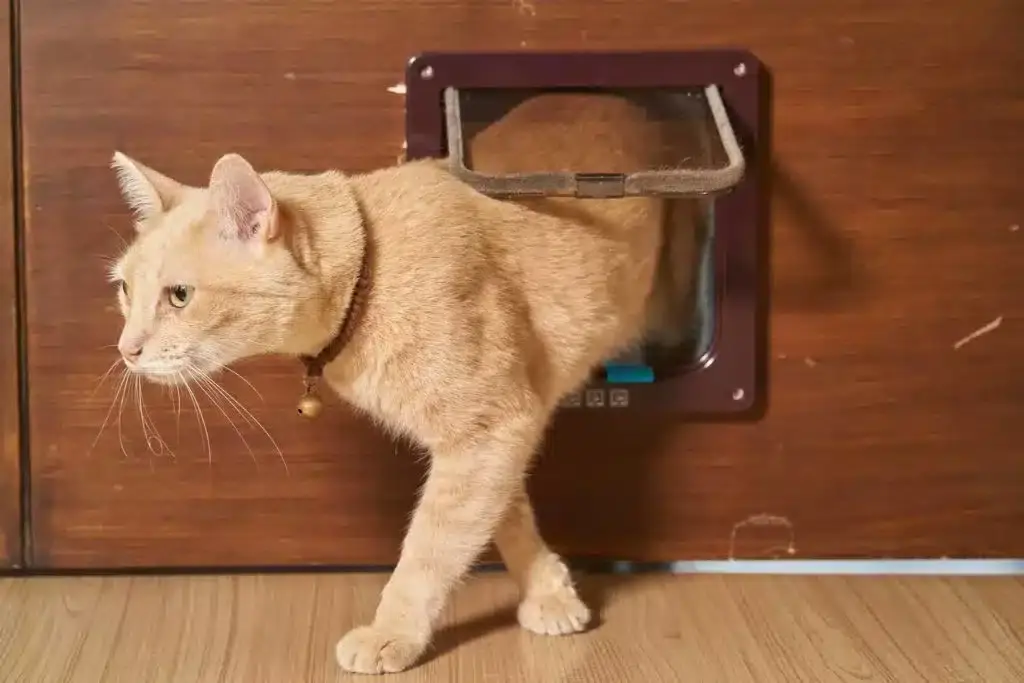
How do I manage my finances?
You might think that running a side business might be confusing when it comes to the finances.
But there are just a few financial areas you need to make sure you’ve covered to ensure your cat flap fitting business runs smoothly.
Managing cashflow
Cashflow is, essentially, all the ingoings and outgoings for your business. You’ll need to keep a close eye on your numbers to ensure you’re making profit at the end of the day.
If you’re not seeing the expected returns, you might need to adjust your expenditure of revenue.
How to improve cash flow for trade businesses
What keeps tradespeople awake at night? Worrying about getting paid on time and settling your bills is probably a contender. Often, it all comes down to cash flow. Poor cash flow can quickly bring down even a successful business. Keep in control It doesn't matter whether you're a small or large
Filing taxes
As well as cashflow, taxes are a major part of your finances that you’ll have to monitor closely.
Different business structures have different taxes that apply, so you’ll need to understand which apply to you and keep a good track of your finances.
If you’re not clued up on business taxes, you could hire an accountant or bookkeeper to help.
Covering costs
In the beginning, you may find your cat flap fitter business might struggle due to initial start-up costs. Don’t worry, this is perfectly normal.
However, if you’re worried by the lack of turnover, consider a business loan while you find your feet.
Separate finances
If you haven’t already, open a dedicated business bank account to keep personal and business finances distinct. This will simplify tax reporting and financial management.
Give your new business a chance of success
Dip into existing customer interest in services like yours
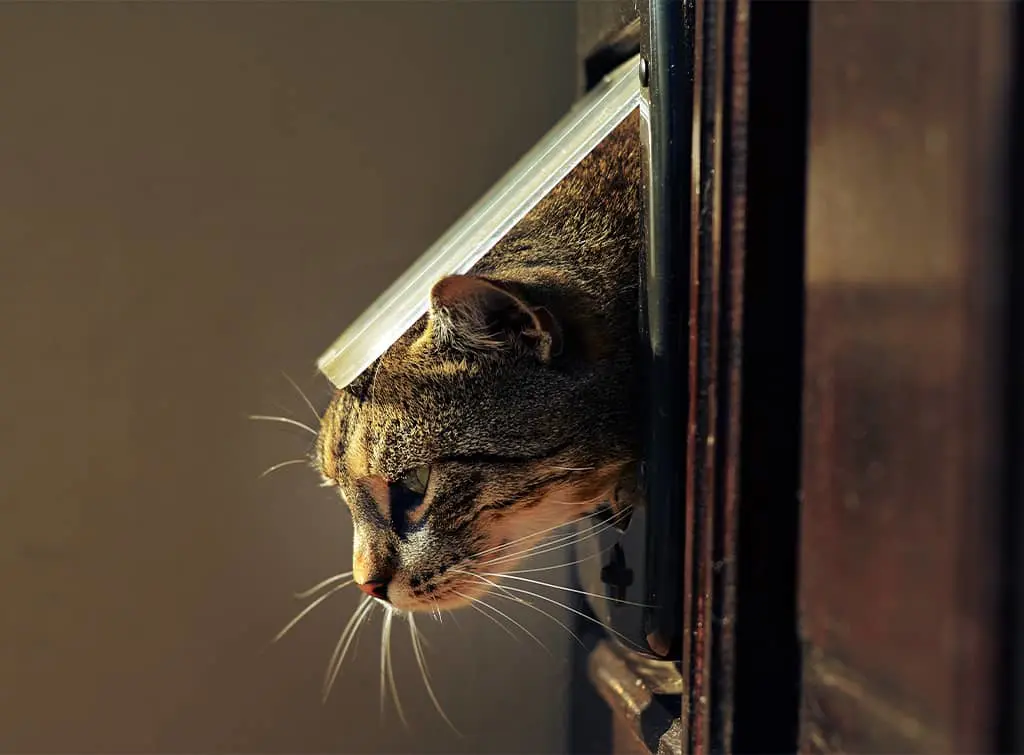
How can I grow a cat flap fitting business?
To grow your cat flap business and secure more opportunities, there are a number of things to consider.
Marketing can be an effective tool when used correctly
Use social media to showcase your best work and interact with potential customers
Print advertising is effective, especially locally, such as flyers, leaflets, posters
Digital advertising online through social media or PPC
Ask customers for positive reviews to help with your social proofing
Form partnerships with other tradespeople and local businesses such as pet stores
Signing up to Checkatrade is also bound to open up opportunities, making your business accessible to a huge online audience. Not to mention it will enhance your reputation as potential customers recognise the credibility of businesses associated with Checkatrade.
By combining your door fitting expertise with a demand for cat flaps, you can diversify into a new business. Either as a dedicated cat flap fitter or as part of your existing service offering.
Give your new business a chance of success
Dip into existing customer interest in services like yours
Content disclaimer: This content has been created for general information purposes and should not be taken as formal advice. Read our full disclaimer here.
* Based on 2023 statistics from the animal charity PDSA (see here)


